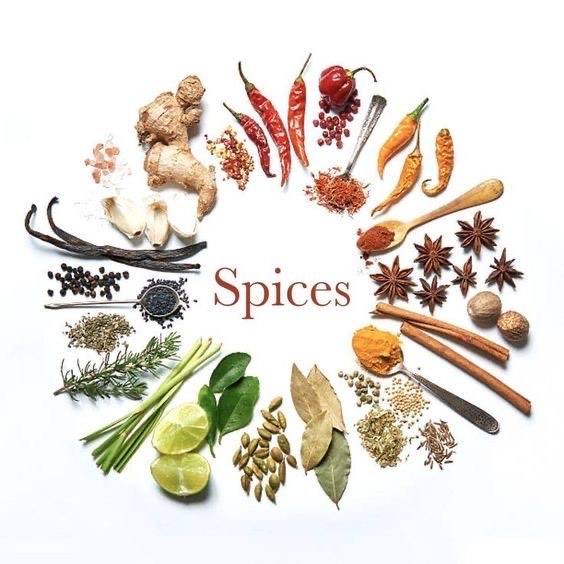
Spices and Their History: From the Past to the Present
Spices have consistently played a vital role in human existence, serving not only to enhance culinary flavors but also in the realms of medicine, fragrance, and food preservation. These valuable substances have been utilized throughout history across various sectors, including culinary, medical, and cosmetic applications.
-
Historical Overview of Spices
The narrative of spices is extensive and intricate, spanning thousands of years. The spice trade originated in ancient times, facilitating exchanges among civilizations such as India, China, Mesopotamia, and the Middle East. In prominent empires like Rome and Persia, spices were regarded as precious gifts and held significant importance in both medical practices and economic systems.
-
Initial Applications of Spices
In their early usage, spices were primarily valued for their medicinal qualities. For instance, ancient Chinese medicine employed ginger and cinnamon to address digestive ailments and enhance immunity. In India, turmeric was recognized for its anti-inflammatory effects. Recent studies indicate that certain spices, including turmeric, possess properties that may combat cancer and reduce inflammation, leading to their incorporation as complementary therapies in both traditional and contemporary medical practices.
-
Source: Journal of Medicinal Food (2023)
Goharshid Sanat Naghshe Jahan Company
Global Spice Trade
-
The spice trade has historically been one of the most significant commercial routes globally. During the medieval and Renaissance eras, spices emerged as a crucial component of trade between Europe and Asia. The trade experienced substantial growth following the discovery of new maritime routes to India and the Moluccas Islands in the Pacific Ocean. Current research indicates that the demand for spices remains robust in various countries, particularly in Asia and the Middle East, where they play a vital role in culinary and medicinal practices.
Emerging Trends in the Spice Sector
-
In recent times, the spice sector has encountered various advancements, including the application of spices in pharmaceuticals and their use as natural antibacterial agents. Ongoing studies are investigating the antioxidant and antibacterial effects of spices like black pepper, saffron, and cinnamon.

The Variety of Spices and Their Health Benefits
-
As human understanding has evolved, spices have gained recognition for their potential in treating numerous ailments and health concerns. Certain spices exhibit antiviral, antifungal, and even anti-anxiety effects. Recent scientific investigations have focused on spices such as ginger, turmeric, garlic, and cinnamon. Findings suggest that ginger may alleviate joint pain and nausea, while turmeric is noted for its effectiveness in reducing chronic inflammation.
Side Effects and Precautions
Spices provide numerous advantages, but it is important to use them in moderation. For instance, overindulgence in black pepper can lead to digestive discomfort and intestinal issues.
-
Source: Food and Chemical Toxicology (2022)
Conclusion
Spices serve not only as essential components in cooking but also play a vital role in our medical and cultural history. Ongoing studies reinforce their health benefits and broaden their applications in the pharmaceutical sector. Nonetheless, moderation is key to prevent any adverse effects.
Goharshid Sanat Naghshe Jahan Company


